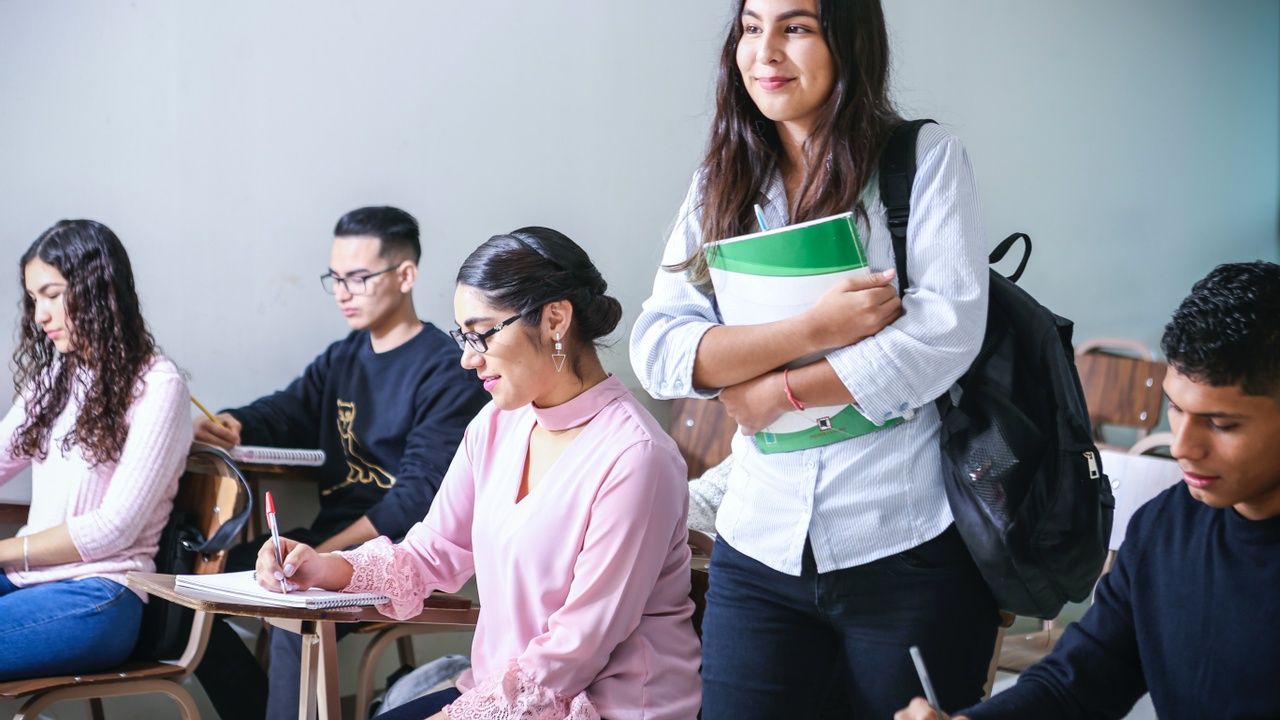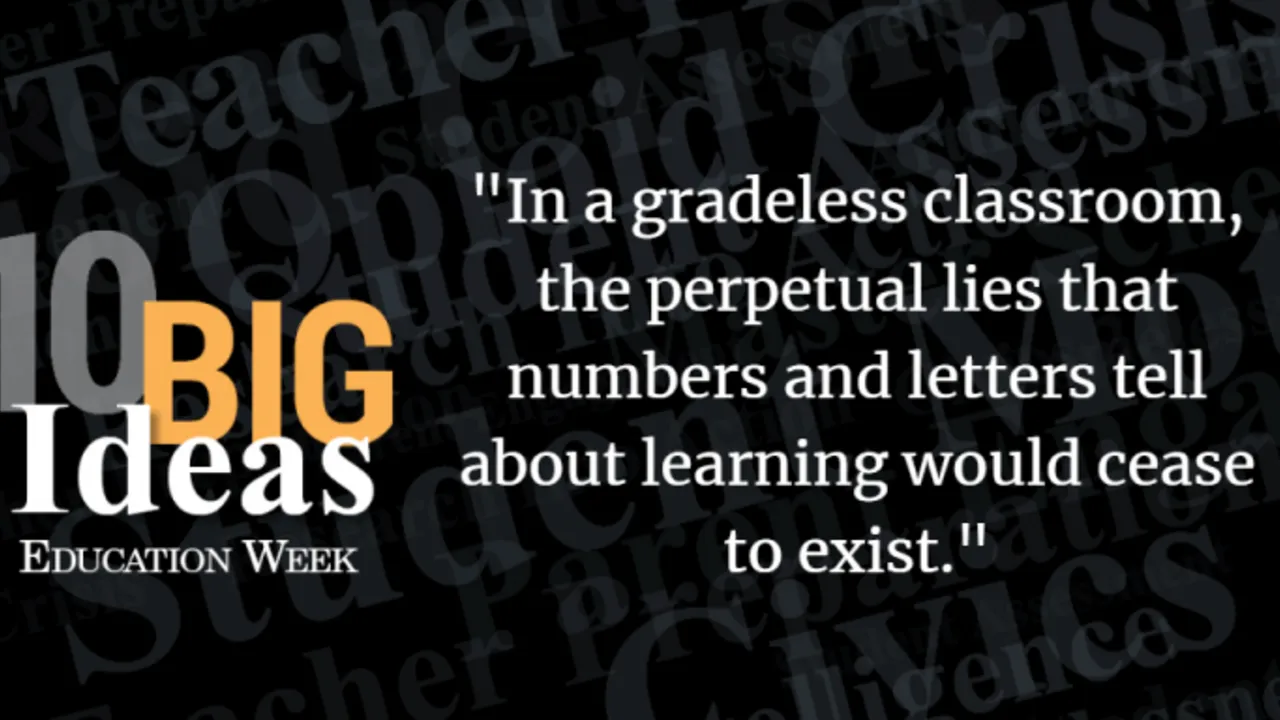Teach versus punish
May 23, 2024
Excerpted from Hacking School Discipline TOGETHER, by Jeffrey Benson, with permission from the publisher
TEACH VERSUS PUNISH
Hack 2 shows how administrators, in collaboration with staff, developed a list of administrative responses to student misbehaviors. In this Hack, the administrators and staff learn and apply the five modes of intervention.
Those modes set the stage for the school developing a menu of strategies to foster student learning and reparative actions when there has been misbehavior, as a replacement to punishments.
The modes of intervention are adapted for schools from the well-known modes of conflict management used in the military, industry, and other organizations. These intervention modes help identify strategies for interrupting misbehaviors, and opportunities for applying in-the-moment redirections:
Directing: There are situations when the staff needs to be unambiguously simple and clear in telling students what is expected of them immediately (e.g., following the rules during an emergency). Because the rules are non-negotiable, the staff directly states the expected behavior: “Right now, you need to be on the right side of the hallway.” 
Telling students what to do is always better than telling them what to stop doing. Due to the immediacy of the moment, failure to comply in such situations can be included in the behaviors that demand administrative involvement.
Staff should not find themselves in directing mode most of the time. If staff is directing too often, there are likely structural deficits in the demands being placed on students (see Hack Four), leaving staff vulnerable to over-reliance on threats of punishment.
Collaborating: For situations when there is time to build a mutually satisfying solution with a student, collaboration is a great mode. Staff can interrupt misbehavior and engage the student in collaboration by asking, “How can I help you right now do this task?”
The root causes of the misbehavior may not take long to uncover, and in that process solutions may become obvious. For longer conversations, see The Curious Conversation later in this hack, offering a rich opportunity to turn discipline into student self-reflection and commitment.
Compromising: There are often many goals in each moment in a class—from the standard lesson to the social and emotional growth we wish for our students. When there is limited time to engage in conversation, the staff can offer a quick bargain to the student, allowing staff to gain traction on one of their priorities, while letting go of a lesser one: “If you can regain your focus on the task right now and stay on task for the next five minutes, then I will give you time to read your book, instead of you doing so now. Can we agree on that?”
Staff often make such bargains with students; knowing this mode is approved makes the decision to compromise less stressful. The staff can also then talk with their peers—and even a supervisor—about how well their compromises are working out, versus hiding this practice.
Accommodating: This is commonly judged as a failure to hold to standards, but in certain situations, it is a reasonable choice: there is limited time; the misbehavior may be escalating and the resources to contain it are few; the relationship with the student is fragile. The staff can say, “Yes, I will accommodate that request this time.”
I made a habit of following up with a student I had accommodated, to say, “I decided to accommodate your request yesterday. I want you to know I may never make that decision again. It worked for both of us this time.”
There is no guarantee that accommodations will impact how the student behaves in the future. We accommodate because it is the best option in that moment to de-escalate, and to maintain the learning environment.
Monitoring: Staff do a tremendous amount of monitoring low-level misbehaviors. They assess whether to expend their time and energy to interrupt those behaviors or let them naturally fade away. Monitoring is different than ignoring; monitoring is active, and alert to shifts in the behavior of a student and the class as a whole.
Very often staff can interrupt low-level misbehaviors by exerting “proximal control”—walking closer and closer to the misbehaving student; the class has not been further distracted, the student’s dignity has not been impacted by being called out in front of peers, and the staff has remained calmly in control.
***
None of the above modes is better or worse than the others. They all have efficacy in certain situations. Knowing all of them are approved by the administration can decrease staff stress, increase creativity when responding to misbehaviors, and encourage professional conversations about discipline.
Image by Mikhail Nilov via Pexels






